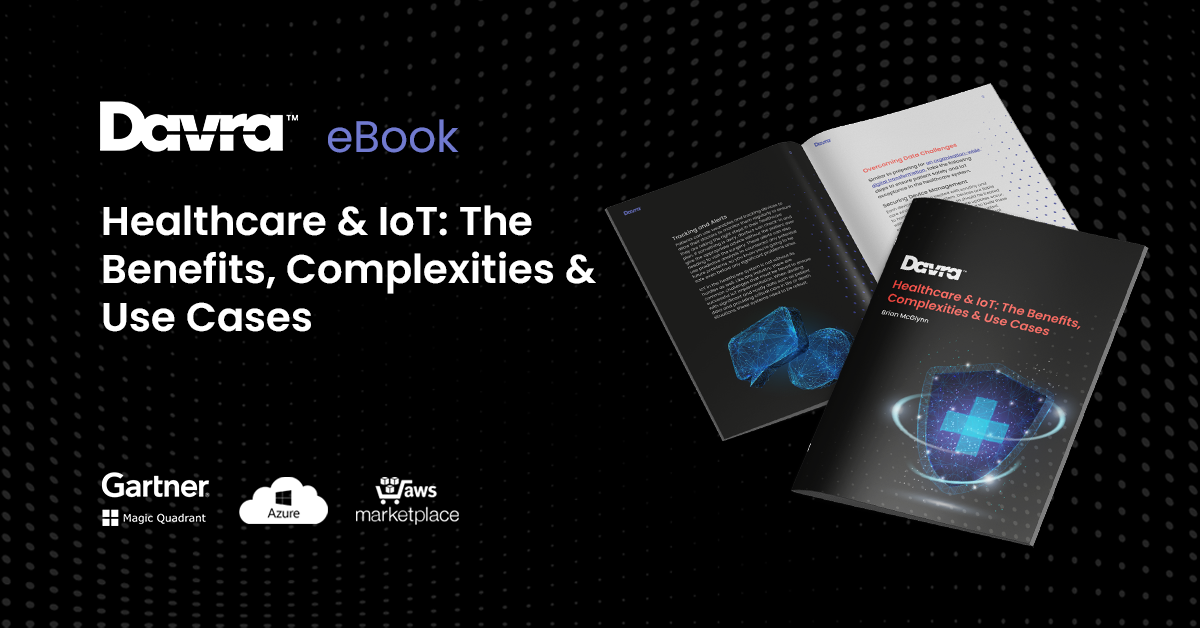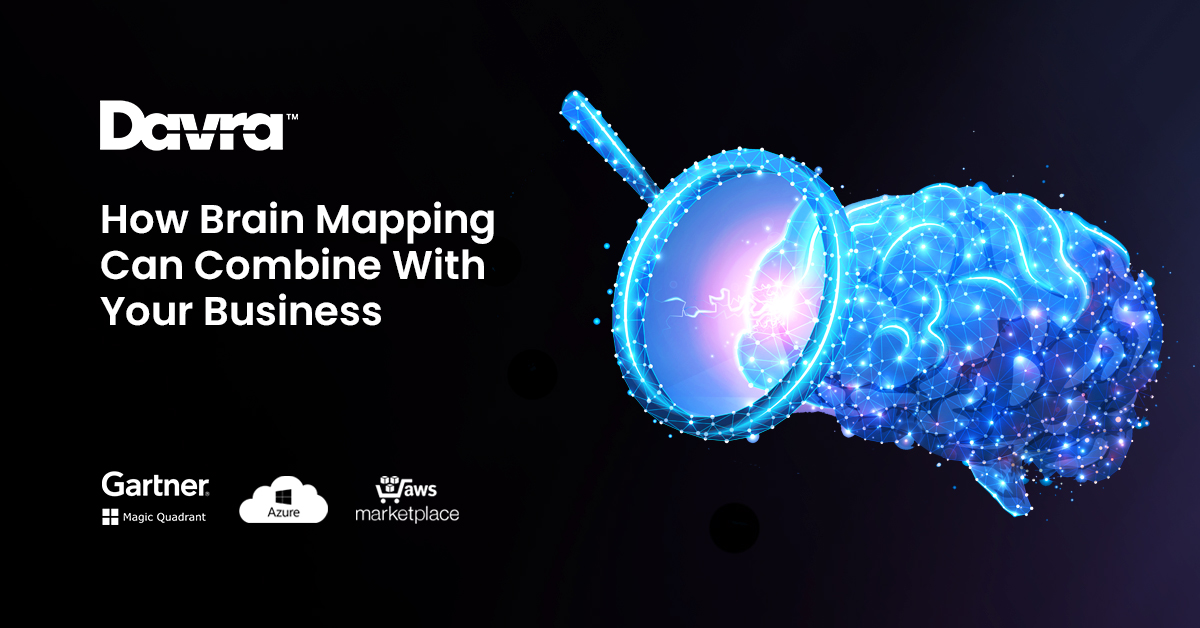IoT in Healthcare Use Cases eBook
Download Your Free IoT in Healthcare Use Cases eBook
Read More


The likes of artificial intelligence, deep learning and now neural networking, are not new concepts. They’ve been around for decades, but their capabilities are now coming to the fore. Because organisations feed more and more data into various operating systems across the globe, there is a greater need for companies to make sense of this data to understand our customers better.
Improving services, developing speech recognition, social network filtering, enabling safe, smart cities and creating specialised medical devices for surgery, all fall into the category that can be hugely impacted by machine learning, IoT and neural networking developments.
But what exactly is neural networking? And machine learning? And why should we be focusing our energy on developing these intensive, complex systems? The tech sector throws these terms around a lot, as machines get smarter and costs come down for these computational tasks.
Neural networking is a subset of machine learning, which is a type of artificial intelligence. Confused yet?! Machine learning involves collecting and using data to understand the behaviour of a particular process. As the machine gathers more data, it will in future be able to predict how that process will act.
A neural network detects patterns in unstructured data, and as it collects data about a particular function, the model then learns about and understands the process it receives. The neural network has a multitude of algorithms within machine learning using graphs of neurons for data modelling. It will then try to predict how that process will perform in the future. This is a similar way to how brain neurons work, hence the name neural networks. It learns about the collected data coming in and then predicts outcomes.
There are many layers to neural networks, but the larger they get, the more blurry they become. Investing in neural networking technology is a significant expense. If they become less focused and adept at the tasks on hand, when handling voluminous datasets, then they may become cumbersome. This is because they spread the logic across an array of parameters, so they’d become much harder to interpret. But in an Industrial IoT concept, there wouldn’t be a vast amount of layers in the network to unravel. This is due to advanced and focused applications.
Neural networks don’t require humans to intervene, even at the very beginning when machine learning models may need humans. The nested layers within a neural network pass the data through model concepts of varying importance, and in time they can build up a repertoire of knowledge to learn from their mistakes.
These networks can open up an array of solutions and possibilities that humans have not encountered before in their daily jobs. They can reveal hidden relationships in the data, therefore opening up new business models to organisations and improve their internal processes and customer management.
When we talk about high volumes of data, that could be any number on a never-ending scale. The smart cities use case is one in which the total amount of data consumed and analysed is massive. There’s such a large variety of factors, that is maybe difficult to develop a neural network that covers all aspects of the city. But within specific scenarios, such as traffic management and figuring out the optimisation of logistics for transport networks, neural networking can be applied because of its capabilities in predicting rare events in urban settings.
Of course, this use case is tied to IoT through the sensors connected to lights, pavements, traffic lights, autonomous vehicles, weather vanes and public transport.
At MIT, they’ve recently developed a microcontroller system called MCUNet, that enables compact neural networking and machine learning in small IoT devices. These developments are rolled out regularly; we will soon see urban settings becoming safer and less polluted due to the ever-flowing streams of pooled data.
It’s an exciting time in the manufacturing world. These computing advancements are on legacy systems that already exist in our workplaces. It’s just a matter of layering new computational methods on top of our existing architectures, to draw unique benefits and insights into our way of working…. If only it were that simple! But we’re making the moves in the right direction, and Davra is at the forefront of transportation IoT with use cases in this industry. If you would like more information on deep learning and IoT systems, please get in touch with us.
Brian McGlynn, Davra, COO
Download Your Free IoT in Healthcare Use Cases eBook

Davra IoT is the only Industrial IoT Platform Available on AWS Marketplace
Read MoreThe Collaboration of Humans & Robots Has Created The Cobot
Read More